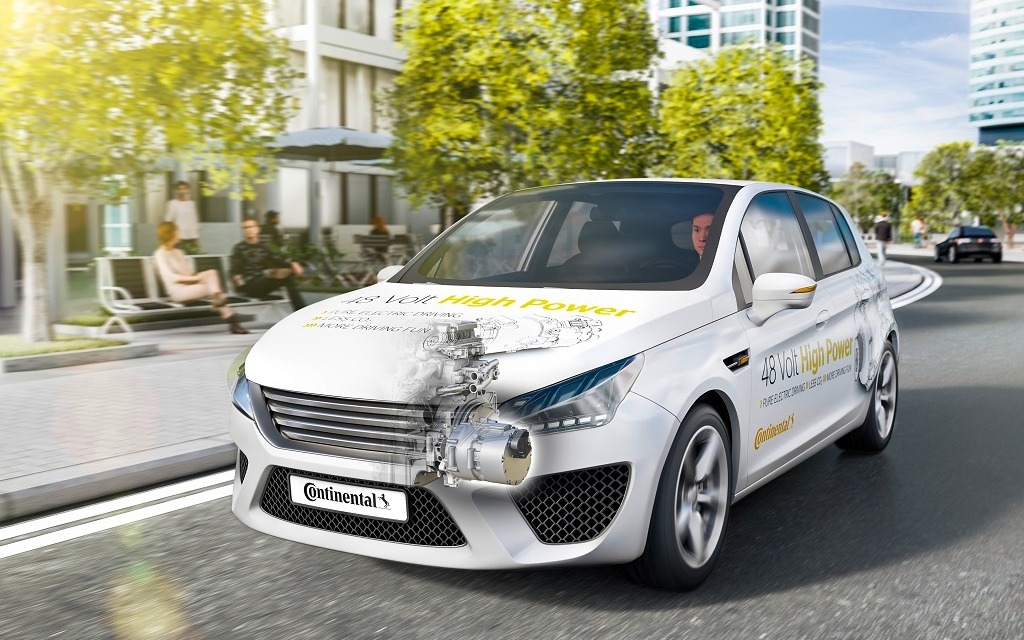What is Mild Hybrid Technology, Exactly?


There’s a battery revolution taking place in the auto industry as today’s cars shift from conventional powertrains to electrified ones.
You know about electric vehicles (EV) and hybrids, but what about mild hybrid vehicles? Let’s see…
Read also
- Porsche Panamera to Add Mild Hybrid System for 2020
- Mercedes-Benz EQ-Boost: the 48-volt Mild-hybrid Wave
Mild Hybrid Technology: A Quick Explanation
While its development has been going on for decades, mild hybrid technology is still relatively new in terms of production. Essentially, the goal is to help reduce emissions while feeding the growing number of on-board systems that run on electricity, especially power-hungry ones.
The concept combines both 12-volt and 48-volt batteries. The former supplies energy to low-demand components (lighting and infotainment, for example), while the later assists the engine in key situations.
The 48-volt system involves a liquid-cooled AC engine/generator (also called a belt alternator starter), a 48-volt lithium-ion battery pack and an inverter. And just like a regular hybrid system, this one has the ability to recuperate energy when braking.
It is estimated that a mild hybrid car provides two-thirds the benefit of a full hybrid at a third the cost. Also, the car’s start/stop function is made more efficient.
Some automakers pair the 48-volt system with a turbocharger to virtually eliminate turbo lag and produce faster acceleration.

More Benefits
Other systems can benefit directly from mild hybrid technology, too. That’s the case of the Bentley Bentayga’s active sway-bar system improving the ride and handling.
You can also decouple certain accessories from the engine, like the water pump and air conditioning, which are normally driven by a belt. Because they’re no longer dependent on engine speed, energy loss is reduced and operation becomes more effective and in tune with the car’s actual needs.
Let’s say you need to climb up a hill on a cold winter day. Since the engine has a bigger workload, the water pump spins faster, sending more coolant to the engine thus affecting its operating temperature. With electric assistance, however, the pump wouldn’t spin as fast even though the engine is revving at 4,000 rpm. The engine would warm up more quickly and perform better as a result.
As you can see with 48-volt mild hybrid technology, internal combustion engines still have a few tricks up their sleeve to meet the mobility demands of today and tomorrow.







